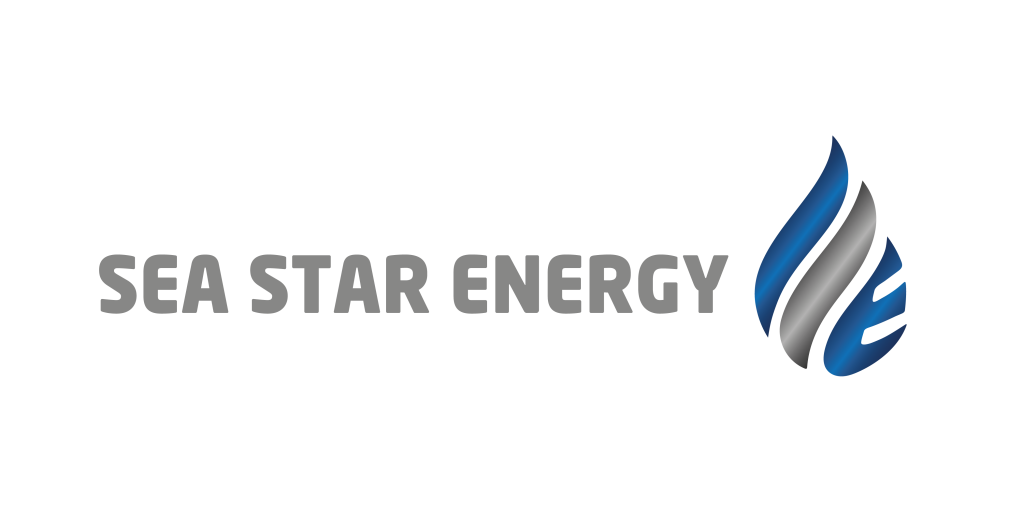After Russia, Iran is the second country in terms of having gas reserves. The amount of Iran’s proven gas reserves until 2005 was 27.5 trillion cubic meters, which is equivalent to 16% of the world’s reserves. Currently, Iran produces more than 424 million cubic meters of gas per day for petrochemical units, power plants, domestic industries, injection into oil wells, domestic use and export to neighboring countries and international markets. But for the first time in recent decades, the oil company “British Petroleum” has reduced its estimate of natural gas reserves in the world and has placed Iran in the first rank of the countries with gas reserves in the world. In its 62nd annual report called “Statistical Review of World Energy in 2013”, this company placed Iran in the first place of the countries with gas reserves in the world with 33.6 trillion cubic meters of gas reserves. According to this report, Iran has tried to increase its gas production by attracting domestic and foreign capital, especially in the South Pars gas field. South Pars is part of the large gas fields shared between Iran and Qatar. This gas field has an area of 9,700 square kilometers, of which 3,700 square kilometers are in Iranian waters and 6,000 square kilometers are in Qatar. BP lowered its estimate of Russian gas reserves to 32.9 trillion cubic meters from 44.6 trillion cubic meters last year. It also estimated the world’s proven gas reserves to be 187.3 trillion cubic meters by the end of 2012.
Liquefied Gas
Liquefied gas or LPG refers to two hydrocarbon gases, butane and propane, or their combination, which are kept in a liquid state. Usually, small amounts of compounds such as propylene and butylene are also present in liquid gas. LPG is mostly used for heating applications and as fuel for vehicles. It is also used in making sprays and as a cooling gas in cooling devices such as refrigerators and freezers.
Liquefied gas or LPG refers to two hydrocarbon gases, butane and propane, or their combination, which are kept in a liquid state. Usually, small amounts of compounds such as propylene and butylene are also present in liquid gas. LPG is mostly used for heating applications and as fuel for vehicles. It is also used in making sprays and as a cooling gas in cooling devices such as refrigerators and freezers. LPG in refineries is a by-product of natural gas purification and crude oil refining. The calorific value of liquefied gas is 46.1 megajoules/kg, which is higher than gasoline and fuel oil and produces higher energy in the same weight, but its calorific value is lower in the same volume because it is a gas and has less density. Each liter of liquid gas weighs 500 to 580 grams and each liter of gasoline weighs 710 to 770 grams. This gas turns into a liquid at a temperature of 21 degrees Celsius under a maximum pressure of 8 kg/cm2. At the time of production, it has no color, smell, and even taste, and sulfur-containing compounds called mercaptan (including ethyl mercaptan and methyl mercaptan) are added to it for greater safety. This gas is used in many places where it is not possible to use other sources of fuel because it is easily transportable.
1. Houses for gas stoves and heating devices
2. Factories for fuel for furnaces and burners and in some of them for second fuel
3. Industrial and commercial kitchens
4. IGNITION system of gas turbines in combined cycle power plants
5. Second fuel for cars
Liquid natural gas is mainly composed of methane and ethane, and if it is cooled to minus 161 degrees Celsius at atmospheric pressure, it turns into a liquid and its volume is reduced to one-six hundredth of the original gas volume, as a result of its transportation in special ships to centers Consumption becomes possible. To liquefy methane gas, it can be cooled to 2.5 degrees Celsius below zero and turned into a liquid under a pressure of 45 atmospheres; This method is economically viable, but on the other hand, carrying it under high pressure requires very heavy tanks with thick walls, which is not possible and is not recommended in terms of safety. As a result, in the process of producing liquid natural gas, its pressure They reduce to a little more than one atmosphere to make it easy to carry.
All material and intellectual rights of this site belong to See Star Energy Company.

